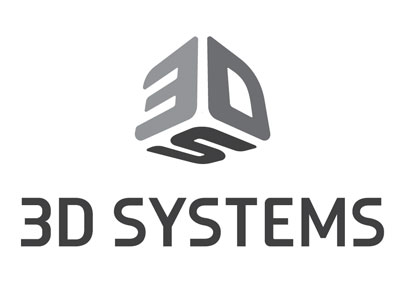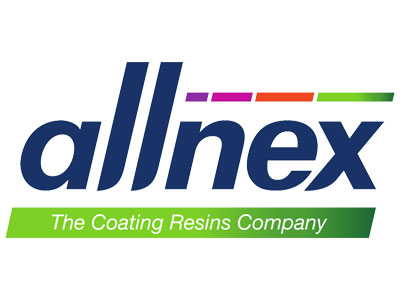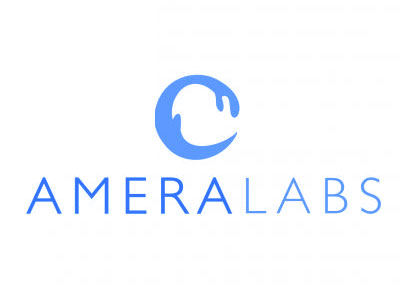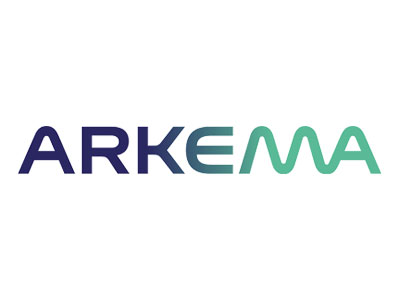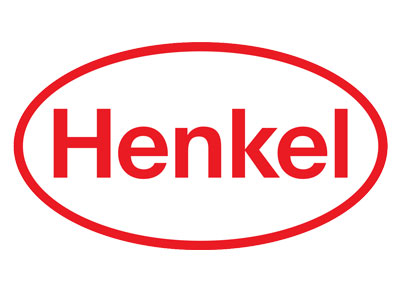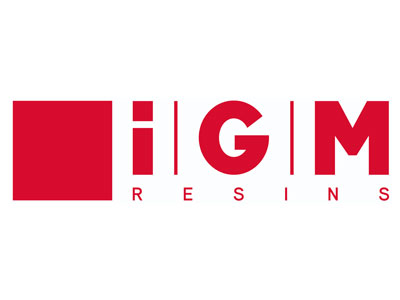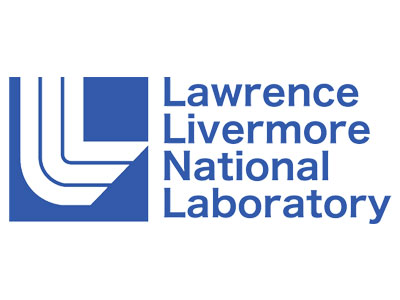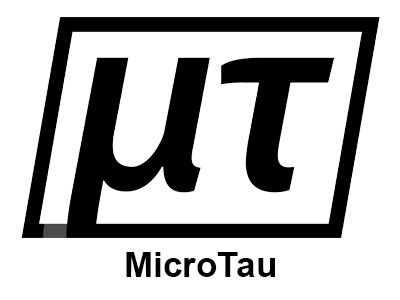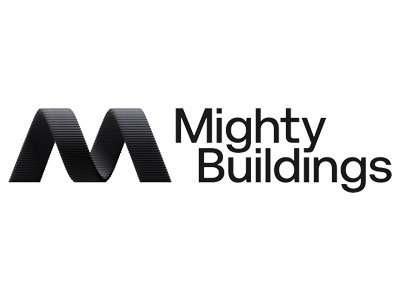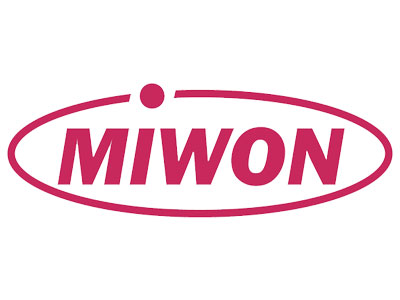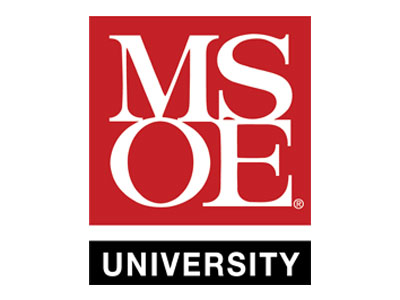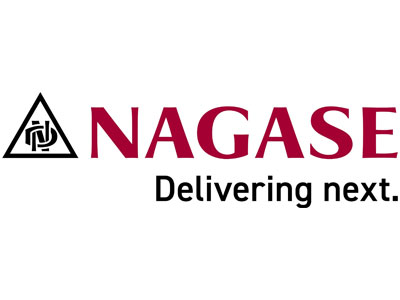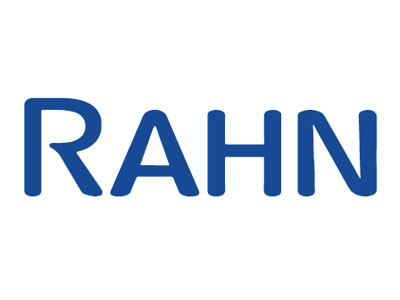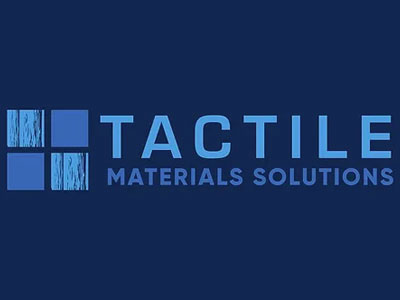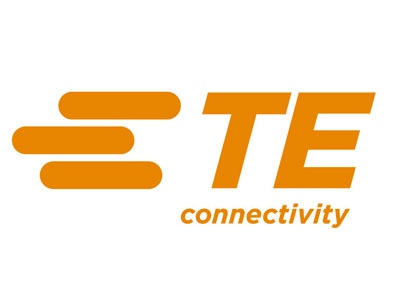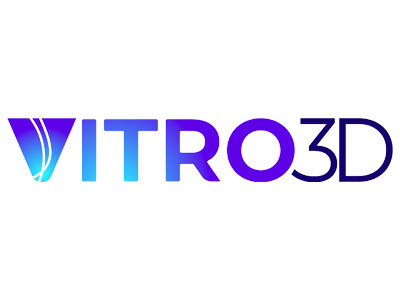PAMA is on a mission to make photopolymer additive manufacturing (PAM) more accessible and to increase the safe and responsible adoption of these technologies.
A collaboration with the U.S. National Institute of Standards and Technology
Report from the Photopolymer Additive Manufacturing Workshop: Roadmapping a Future for Stereolithography, Inkjet, and Beyond
Photopolymer Additive Manufacturing Alliance
A collaboration between the National Institutes for Standards and Technology (NIST) and RadTech is an alliance of industry, academic, governmental, and NGO organizations with the goal of bringing commonly accepted standards and practices to the field of PAM.
Through voluntary self-regulation and working in collaboration with government agencies, we seek to help ensure PAM technologies are adopted in a safe and responsible manner.
Press Releases & Announcements
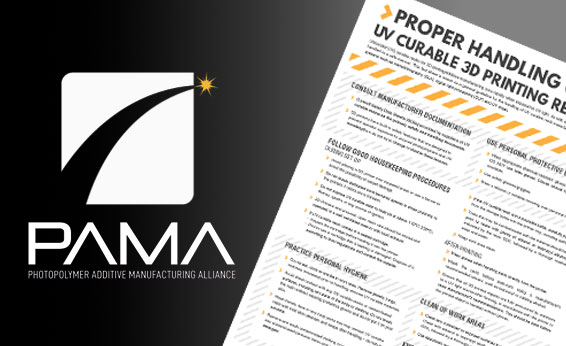
PAMA Unveils Updated Safety Guidelines for 3D Printing Resins
The Photopolymer Additive Manufacturing Alliance (PAMA), a collaboration between the National Institutes of Standards and Technology (NIST), and RadTech, have revised their “PROPER HANDLING OF UV CURABLE 3D PRINTING RESINS,” guidance, and included a new section on frequently asked questions.
PAMA Applications
Check out our Webinars

Printing vs. Molding: At 1 Million Parts, Merit3D to Deliver the Largest 3D Print Order Ever
May 22, 2023
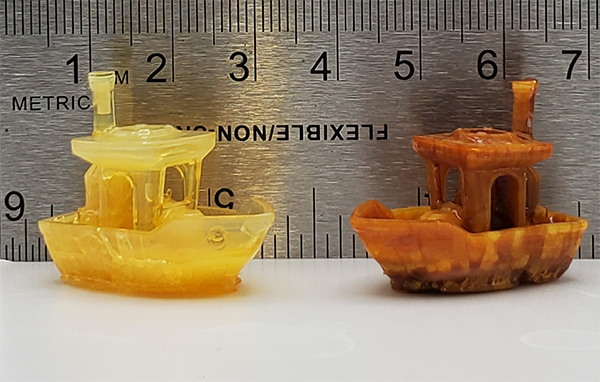
Sustainable Additive Manufacturing of Polyelectrolyte Photopolymer Complexes
Jan 29, 2023
Toxic Substances Control Act: The Process of New Chemicals Review
Wednesday, March 13, 2024, 2:00 PM – 3:00 PM EST
Automated, High Throughput Screening of Increased Ionic Conductivity Polymer Electrolytes
Friday, January 19, 2024 from 2:00 PM – 3:00 PM EST
Health and Safety Considerations for the Additive Manufacturing/3D-Printing of Consumer Products
PAMA Members Represent Multiple Stake Holders
Founding Members
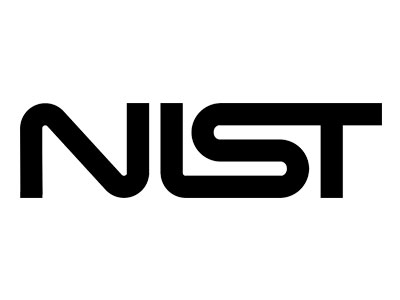
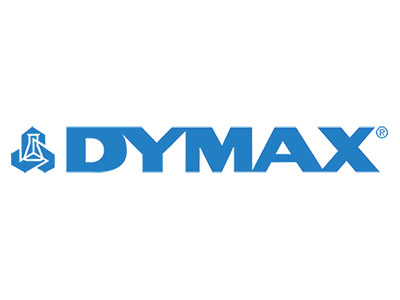
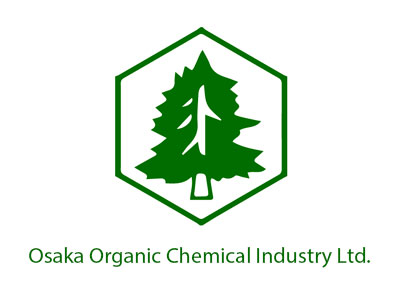
PAMA Working Committees
- Materials Characterization
- Hardware Characterization
- Environment, Health, and Safety
- Government Partnerships & Regulation
What types of questions does PAMA seek to answer?
- How do we ensure that 3D printed parts are fully cured and not leaking or off-gassing materials in a consumer’s home?
- How can we ensure the safe transport and disposal of 3D printing resins in industry and in the home? What protocols are necessary to protect the environment?
- How can we calibrate light delivery rates to a universally accepted calibration standard?
- Should material properties be reported in a standard format to make selection easier for end-users?
- How can we ensure that 3D printing hardware remains operating to specification and/or notifies the user when service is needed?
- How can we overcome the challenges of documenting and reporting hazards to ease the adoption of technology in new markets?


